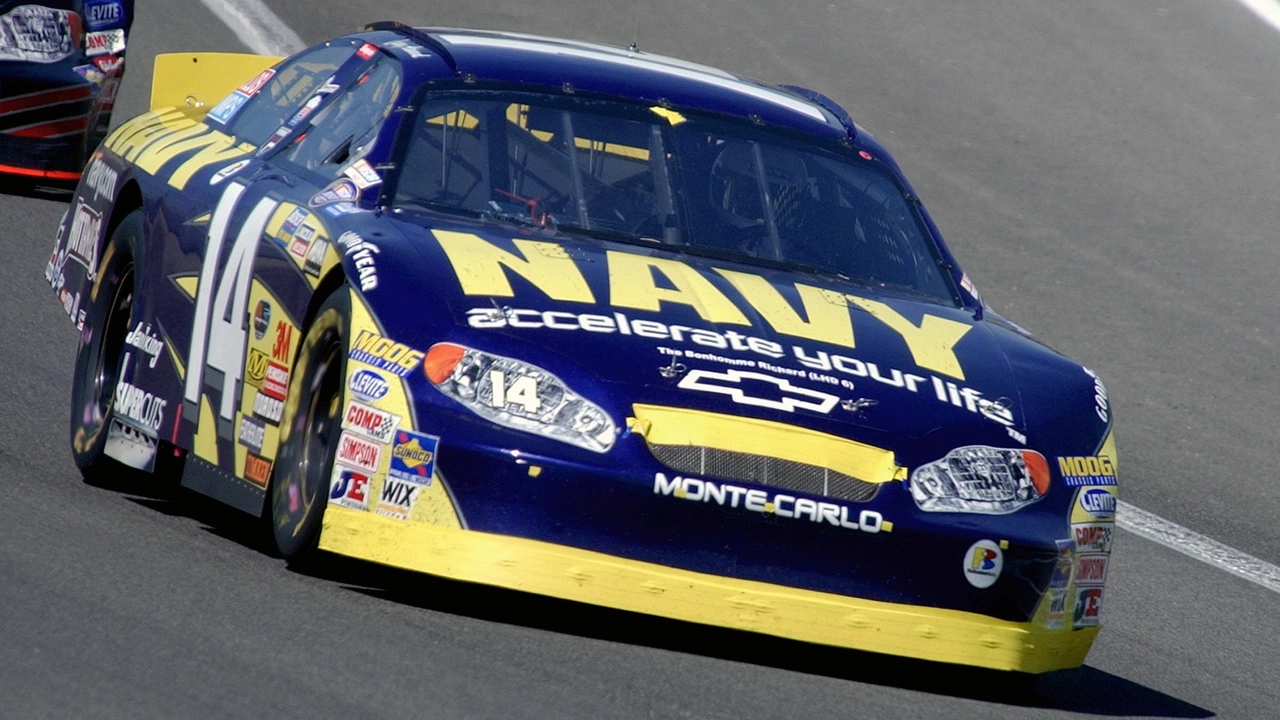Motorsport Career: Your Roadmap to the Fast Lane
If you love speed and want to turn that passion into a job, you’re in the right place. A motorsport career isn’t a mystery – it’s a series of clear steps that anyone can follow with the right focus and a bit of luck.
Getting Behind the Wheel – First Steps
Start with the basics. Most pros begin with karting because it teaches control, racecraft, and how to read a track. If you’re new, look for a local karting club or a beginner-friendly track day. Spend a few weekends learning how to brake, turn, and accelerate smoothly. Those minutes on the kart will pay off for years.
Next, consider a racing school. Schools such as Skip Barber or Confederation of Australian Motorsport offer short courses that give you a racing license and a chance to practice in a real car. The license is your ticket to official events, so treat it like a passport for the sport.
While you’re training, stay fit. Race‑car driving is physically demanding – you need strong core muscles, good endurance, and quick reflexes. Simple workouts like cardio, planks, and shoulder exercises keep you ready for the g‑forces you’ll face on the track.
From Karting to Higher Series
After you’ve mastered karting, it’s time to step up. Most drivers move to entry‑level formula series such as Formula 4 or regional touring car championships. These cars are faster and more complex, but the fundamentals you learned in karts still apply. Look for series that run in your country or nearby – the less you have to travel, the easier it is to keep costs down.
Sponsorship is a big part of moving up. Talk to local businesses, family friends, or car clubs about supporting your seat. Put together a short video showing your racing highlights, explain why you’re a good investment, and be ready to follow up. Even a small sponsor can cover tires, entry fees, or travel costs.
Networking matters too. Attend race weekends, talk to team owners, and join motorsport forums. A simple “hey, I’m looking for a seat” conversation can open doors you didn’t know existed. Remember, most teams hire drivers who are not only fast but also bring money or media attention.
As you climb, think about long‑term roles in the industry. Not everyone stays behind the wheel forever. Engineering, team management, driver coaching, and media work are all viable paths. Gaining experience in different areas now will make the transition smoother later.
Finally, stay patient and keep learning. Every crash teaches you what not to do, and every podium shows you what works. Keep a log of lap times, feedback from engineers, and personal notes. Review them regularly to spot patterns and improve.
Motor racing is tough, but the thrill of hearing an engine roar and crossing the finish line is worth the effort. Follow these steps, stay hungry, and you’ll give yourself the best shot at a lasting motorsport career.
What is it like to be a race car driver?
Living life in the fast lane definitely doesn't get the appreciation it deserves, folks! Being a race car driver is like playing the world's most adrenaline-charged video game, except it's your life on the line, not some digital avatar - talk about a thrill! The precision, focus, and agility required to maneuver a beastly machine at breathtaking speeds is beyond comprehension for most of us mortals. And the g-force? It's like a giant invisible wrestler giving you a bear hug while you're trying to do your taxes - on a rollercoaster! So next time, when you're stuck in traffic, just imagine what it would be like to swap your seat with a race car driver.



